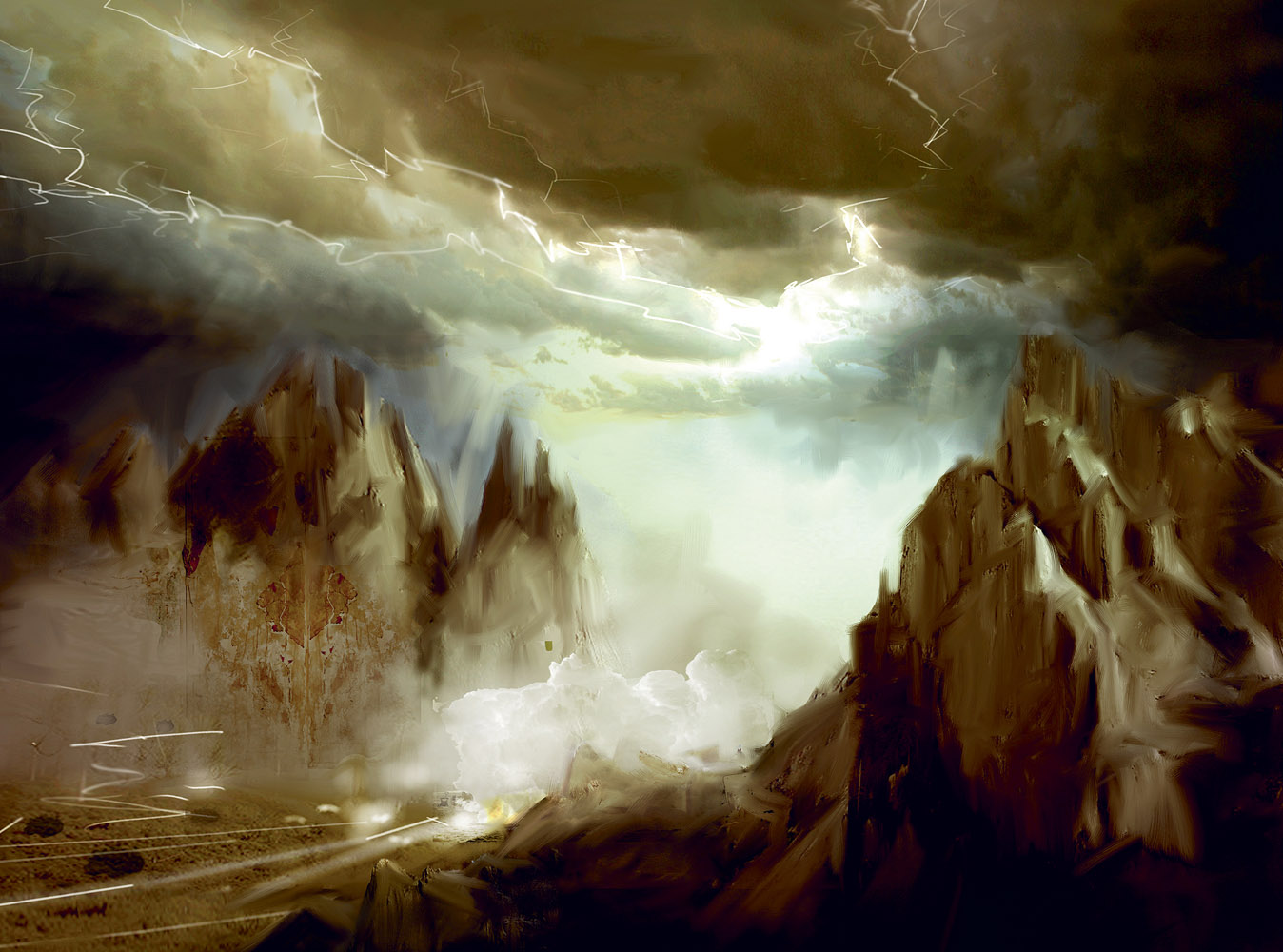

Series 117
This is a Ladybird Expert book, one of a series of titles for an adult readership. Written by some of the leading lights and outstanding communicators in their fields and published by one of the most trusted and well-loved names in books, the Ladybird Expert series provides clear, accessible and authoritative introductions, informed by expert opinion, to key subjects drawn from science, history and culture.
The publisher would like to thank the following for the illustrative references for this book: Sutton Hoo Buckle diagram, , illustrated by Craig Williams The Trustees of the British Museum.
Every effort has been made to ensure images are correctly attributed, however if any omission or error has been made please notify the Publisher for correction in future editions.
MICHAEL JOSEPH
UK | USA | Canada | Ireland | Australia
India | New Zealand | South Africa
Michael Joseph is part of the Penguin Random House group of companies whose addresses can be found at global.penguinrandomhouse.com

First published 2019
Text copyright Janina Ramirez, 2019
All images copyright Ladybird Books Ltd, 2019
The moral right of the author has been asserted
Cover illustration by Martyn Pick
ISBN: 978-1-405-93595-1
This ebook is copyright material and must not be copied, reproduced, transferred, distributed, leased, licensed or publicly performed or used in any way except as specifically permitted in writing by the publishers, as allowed under the terms and conditions under which it was purchased or as strictly permitted by applicable copyright law. Any unauthorized distribution or use of this text may be a direct infringement of the authors and publishers rights and those responsible may be liable in law accordingly.
Janina Ramirez
BEOWULF
with illustrations by Martyn Pick

Beowulf is Englands first epic poem, a rousing story of warriors, monsters, dragons and gold. But is it a rare survival of so-called Dark Age literature or the creation of an eleventh-century monastic mind? Is it the start of English literature or an alien text written in a language few can read today? Why does it matter?
Its possible for a student of English literature to go through their degree without ever hearing of Beowulf. It has never really made its way into mainstream culture, despite Seamus Heaneys well-regarded translation (1999) and a big-budget film starring Angelina Jolie (2007). Yet its an iconic survivor, a rare view into the Anglo-Saxon period and the oldest known epic poem composed in the English language.
That it is written in Old English can put readers off. That it survives in a single burnt manuscript can also make it seem distant. Indeed, the very world it conjures up, of warriors, treasure hoards and life within a medieval hall, feels very far from our own.
Yet it has inspired some of the greatest writers in the English language and remains a solitary window onto a part of Britains history that can only be glimpsed through a glass darkly. Its essential to understanding where we have come from and how we got to where we are.
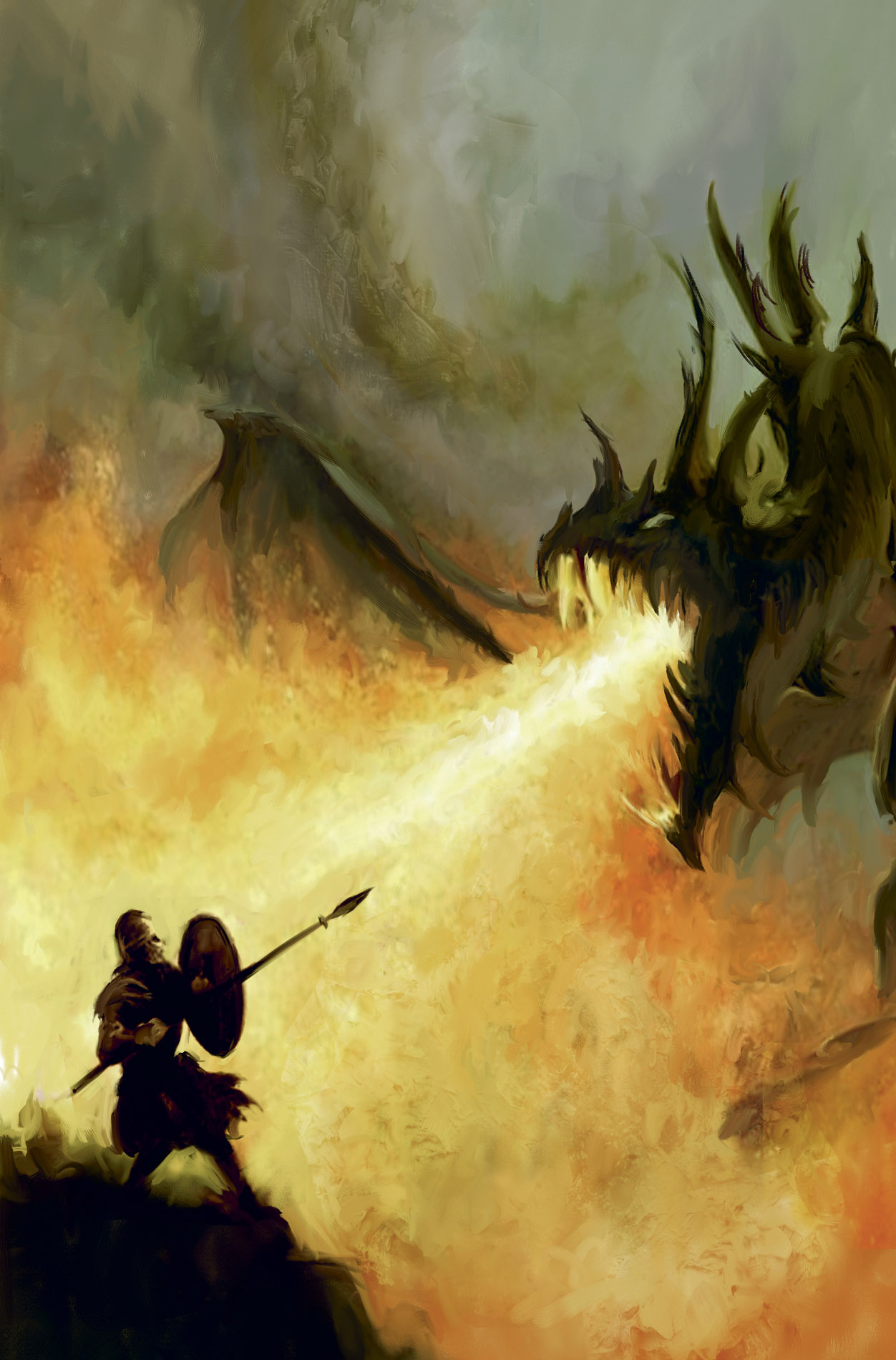
Beowulf is a heroic warrior from the land of the Geats (Gtaland in modern-day Sweden). Hungry for fame, fortune and reputation, he travels to the court of the King of the Danes, hearing that a terrible monster is launching nightly attacks on the hall. Eager to prove his strength and earn gifts of gold from the king, he battles the monster Grendel, and then his mother, before returning to the Geats, rich and powerful.
To understand what motivated Beowulf we must be aware of the characteristics that were most prized within early medieval Germanic warrior culture: great physical strength, a reputation for fearlessness and the acquisition of wealth.
Their pagan religion supported these attributes, with the best places in Valhalla (the highest of the Germanic pagan afterlives) reserved for those who had fought most bravely, hand-plucked by the Valkyrie (choosers of the slain) to feast and fight in luxury for all eternity. It is this world view that permeates all Beowulfs speech and actions. Hes an active hero, facing threats in a way many warriors would fear to.
But both Beowulf and the poem are complex. To study it is to enter a world where fact blends with fantasy, poetry enchants and dragons protect golden hoards. Its a link to the past, but a mythical, fantastical, imagined one.

But first, the historical context. The setting of Beowulf can be confusing for readers in that it doesnt appear to deal with England at all. Instead it is set in sixth-century Denmark and Sweden, during a time commonly referred to as the Dark Ages. The decline of the Roman Empire in the West certainly led to a reduction in written records. But this was a period when equally fascinating, diverse cultures re-emerged.
The regions of Germania and Scandinavia had remained largely untouched by Roman influence. Here society was organized around a military elite, houses were built of timber, artistic production was less monumental and more portable and personal. Though a proto-alphabet (runes) was in use, they didnt commit literature to the page but transmitted it orally.
What about Britain? The Roman conquest of Britain began under Emperor Claudius in 43 AD , but it was gradual and incomplete. Their many incursions never reached parts of Scotland, Wales and Cornwall, with Hadrians Wall in Northern England the most northerly border of the Empire.
Within Britannia, as the province was known, Roman governance was superimposed upon a largely Celtic population. The Roman army held power, their towns were cultural hubs and the spoken word was written down.
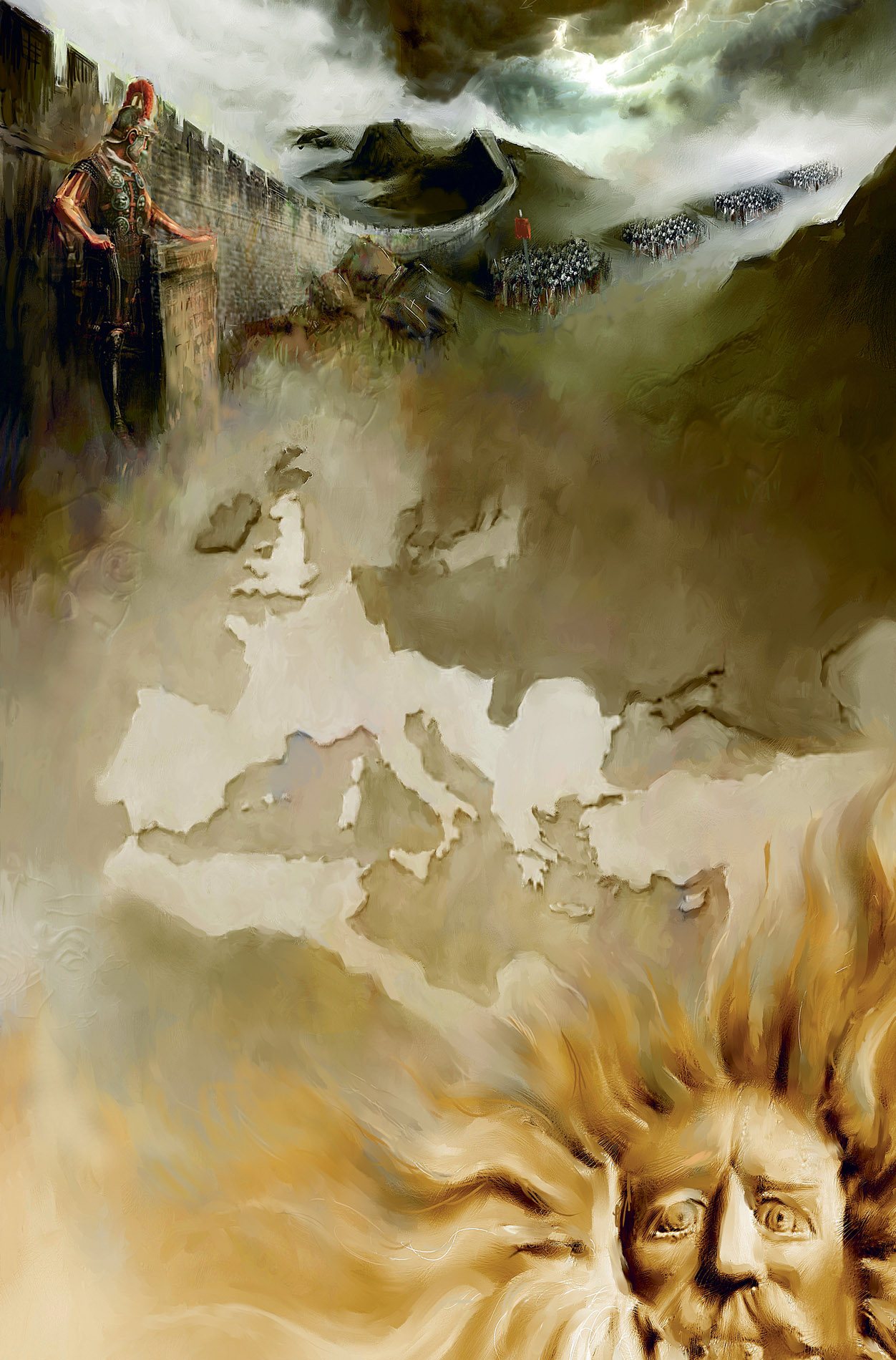
The extent of the Roman Empire, around 300 AD .
The situation changed radically at the start of the fifth century. Roman rule of Britain ended in 410 AD , leading to a period of unrest which gave rise to legends like that of King Arthur. Military and political administration collapsed.
Within the area that is now known as England, a permanent transformation occurred. Whether the first Saxons were invited over to help with defence or whether they raided aggressively is the subject of much debate. But the Adventus Saxonum (settlement of Angles, Saxons and Jutes) was to have long-term effects.
By the sixth century the vernacular spoken among the people of England was what we now call Old English a Germanic language. In place of Romano-British towns, new Anglo-Saxon settlements appear on the archaeological record. Perhaps even more tangible was the religious transformation that took place. The predominant religion of the Anglo-Saxons was Germanic paganism, and their primary deities are still remembered in the names for the days of the week: Tiws-day, Wodens-day, Thors-day, Frigs-day.
Next page
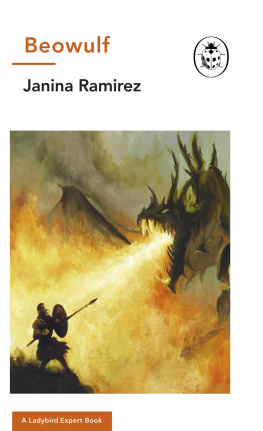
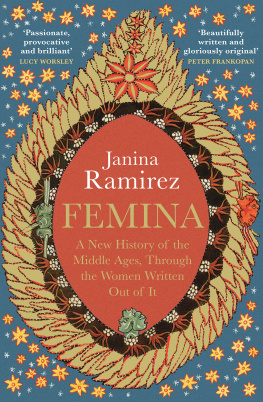
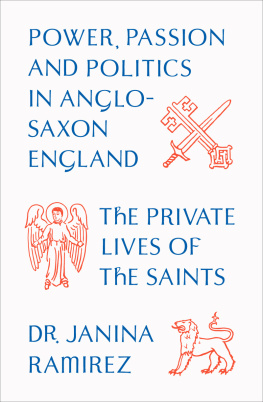

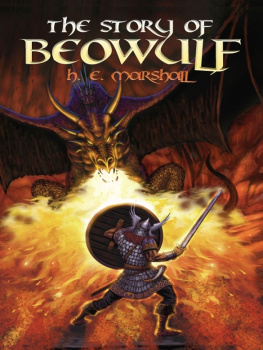
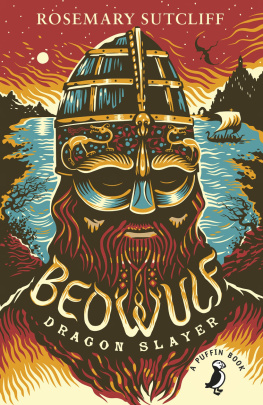
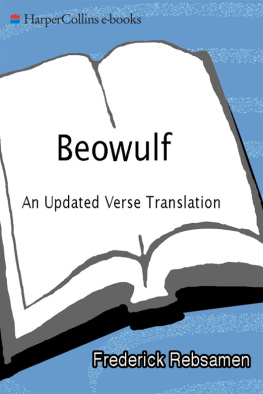
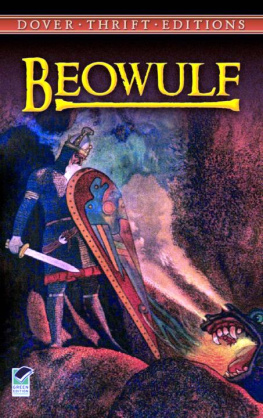

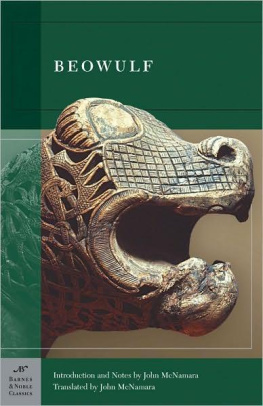
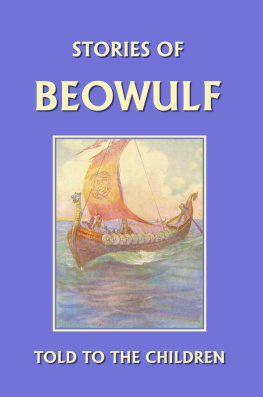






 The extent of the Roman Empire, around 300 AD .
The extent of the Roman Empire, around 300 AD .